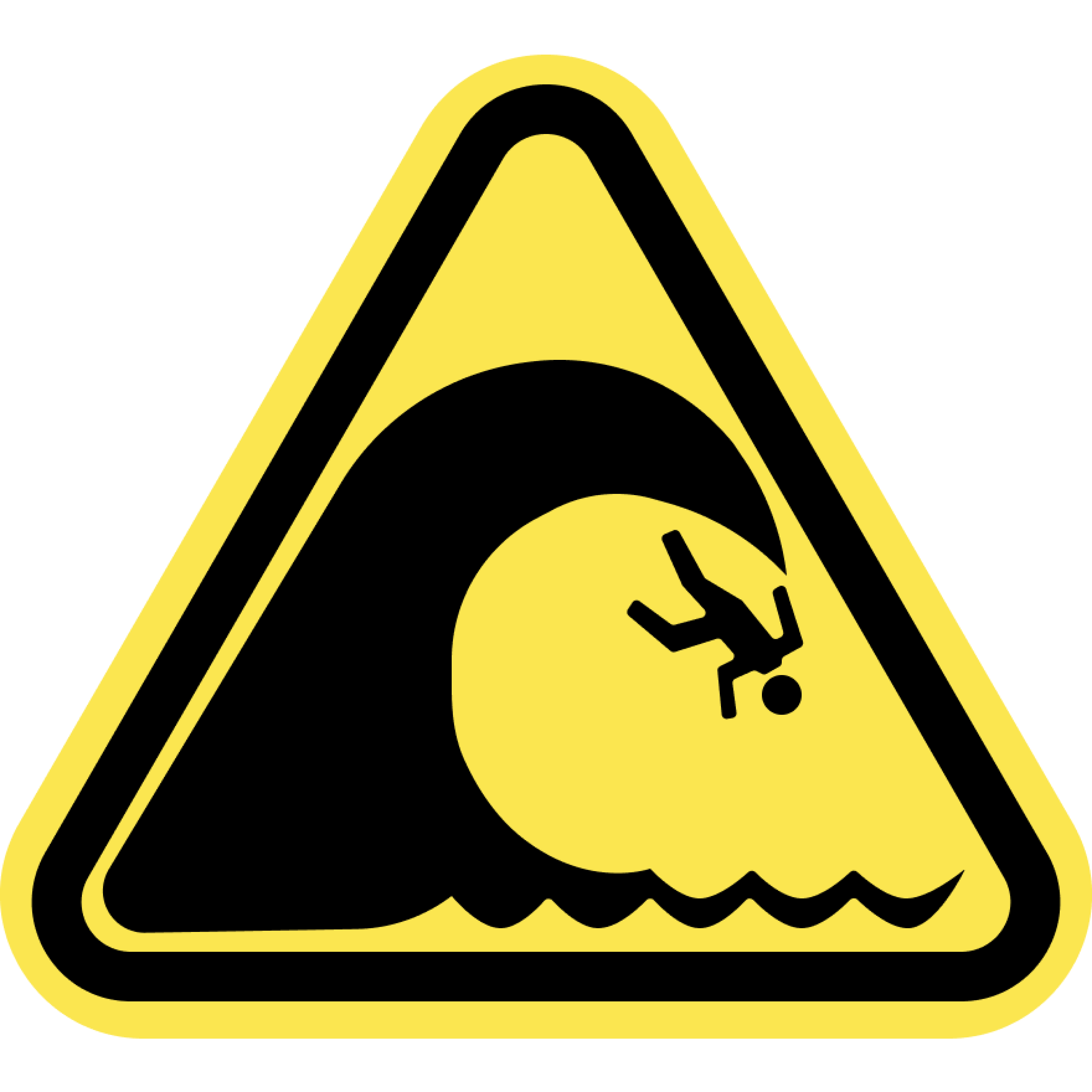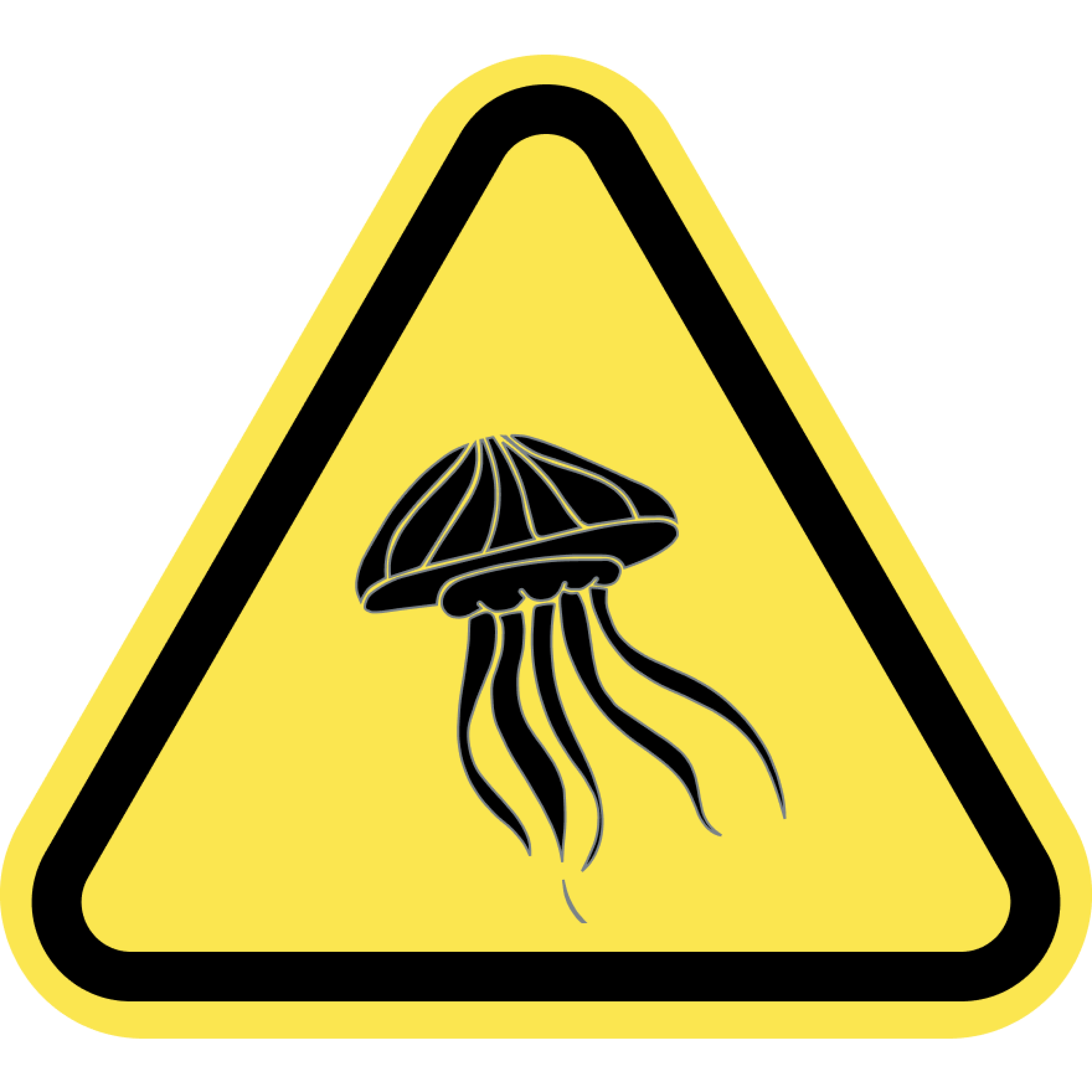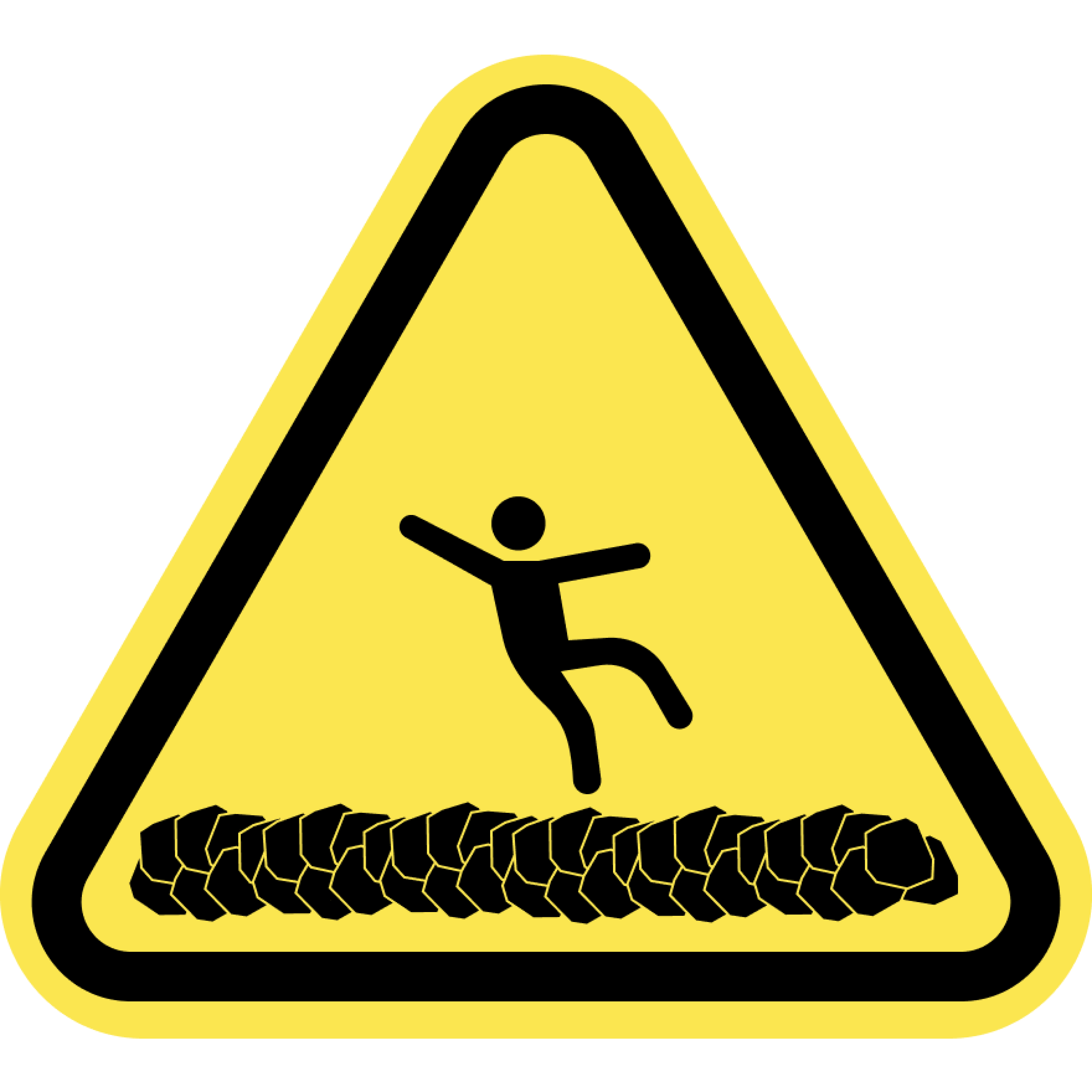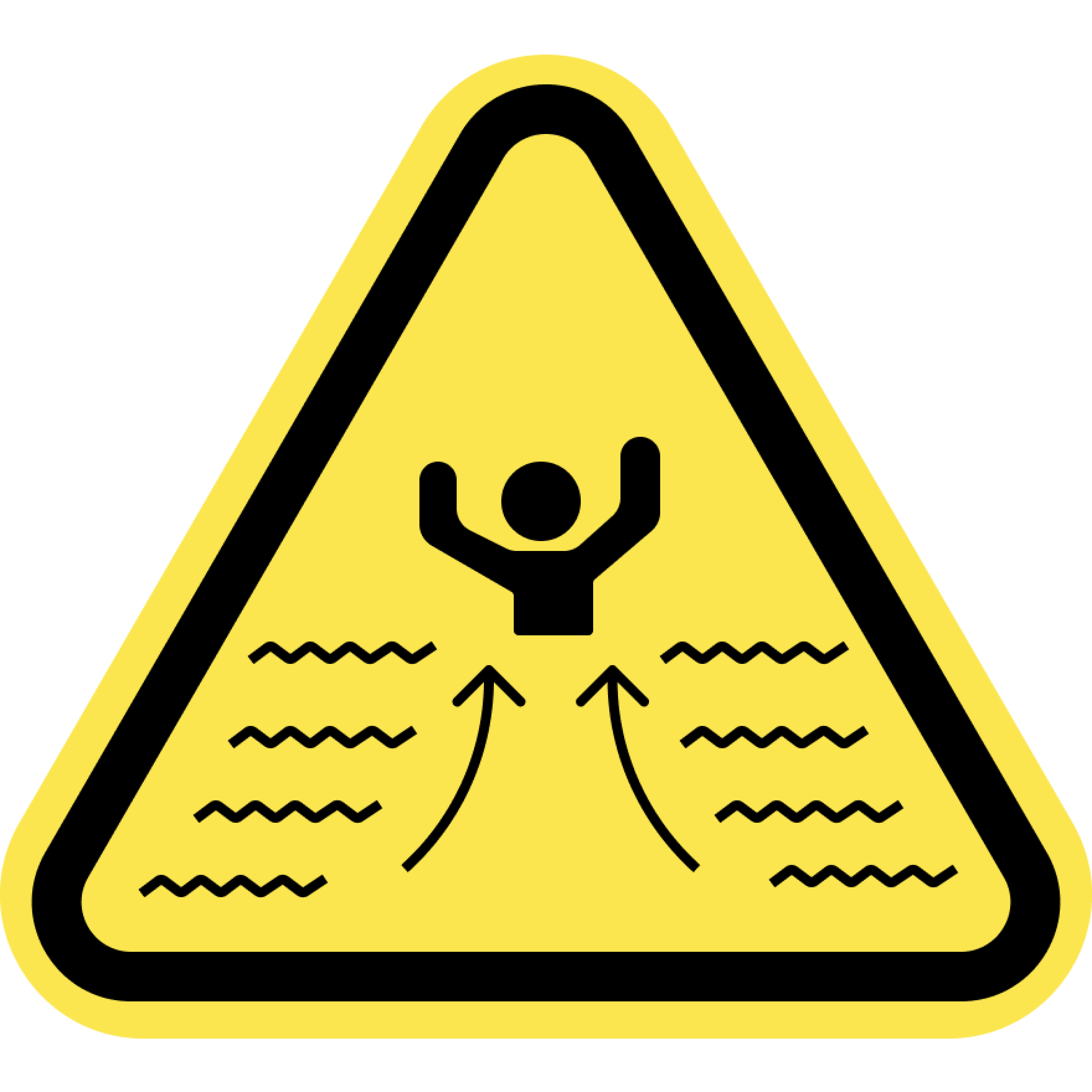Caution
High Hazard
Extreme
Increased Stingray Activity
Active/Upcoming Event
Ke'e
Water Temperature
...
Wave Height
...
Wind
...
Kēʻē Beach is the most popular snorkeling site on Kauaʻi's north shore. Visitors drive from all parts of the island to snorkel in the small, protected lagoon off the beach, where many species of colorful reef fish are abundant, including wrasses, butterflyfish, damselfish, goatfish, convictfish, and surgeonfish. The shallow, sandy lagoon also provides an excellent swimming area for families with little children.
Kēʻē Beach is one of the most tropical looking beaches on Kauaʻi with its high mountains and lushly vegetated backshore. Ironwoods line the dunes, and coconut palms, tropical almonds, and a dense undergrowth ofti and guavacover the point at the west end of the beach. In the midst of this tropical splendor are several important archaeological sites associated with the hula, including Ke Ahu o Laka, a platform where the hula is performed, and Kauluapaoa Heiau, a temple dedicated to Laka, the goddess of the hula. These sites are still used by hula halau for graduation and other ceremonies.
amenities

Metered Parking

Picnic

Restrooms

Showers

Gear Rental
activities

Snorkeling

Surfing

Swimming
prohibitions

No Alcohol

No Camping

No Dogs

No Fire Pits

No Fishing

No Smoking
hazards

High Surf

Jellyfish

Slippery Rocks

Strong Currents
Swim at your Own Risk
Beaches and oceans are dynamic natural environments. Crowd conditions, currents, waves, wild animals, and other water and beach conditions can rapidly change. The risks and conditions shown on this site are informational only and not always real-time. Actual conditions may differ. Lifeguards are not always on duty or available. Always remain aware of your surroundings and exercise due care for your own safety and the safety of others around you.
Always check for water warnings or check with a lifeguard before you swim.



